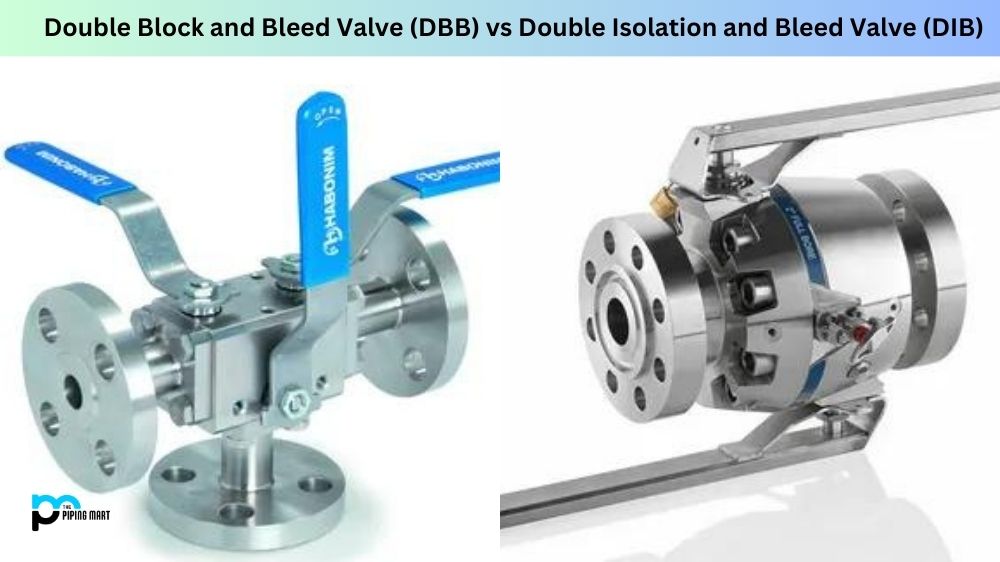If you’re in the market for a new valve, it can be tricky to know which type of valve is best for your application. In this article, we’ll provide an overview of two popular valves—gate valves and needle valves—so you can make an informed decision about what’s best for your needs.
Gate Valves
Gate valves are a type of linear motion valve that is most commonly used for opening or closing a pipeline or vessel. They are designed with a disk-shaped gate that rises from the pathway when opened and falls back into place when closed. This allows them to easily cut off media flow in either direction. While they are often used as shutoff valves in many applications, they should not be used as regulating valves because this will cause excessive wear on the gate and seat surfaces.
Needle Valves
Needle valves also use a linear motion to control flow but instead use a tapered plug to regulate the amount of media that passes through the valve. The plug is shaped like a needle and moves along its axis while turning within the valve body. This allows the user to adjust just how much media passes through at any given time. Due to their ability to precisely regulate media flow, needle valves are often used in applications where precision flow control is necessary, such as gas or liquid pressure control systems.
Differences Between Gate Valves And Needle Valves
- Gate valves and needle valves are two types of valves that are used for controlling the flow of liquids and gases.
- Gate valves are designed to be fully open or fully closed, while needle valves are designed to allow for more precise control of the flow.
- Gate valves are typically used for applications where a large volume of liquid needs to be quickly shut off, while needle valves are used for applications where more precise control of the flow is required.
- Gate valves can be manually operated or automated, while needle valves must be manually operated.
- Gate valves are available in a variety of materials, including brass, bronze, stainless steel, and cast iron, while needle valves are typically made from brass or stainless steel.
Conclusion:
When choosing between gate valves and needle valves for your application, consider what kind of flow regulation you need—precise control or on/off functionality. Gate valves are good for shutting off media flow, while needle valves provide precise adjustment of media flow rate due to their tapered design. No matter which one you choose, both provide reliable performance in different kinds of applications. It all comes down to what works best for your particular needs!

A passionate metal industry expert and blogger. With over 5 years of experience in the field, Palak brings a wealth of knowledge and insight to her writing. Whether discussing the latest trends in the metal industry or sharing tips, she is dedicated to helping others succeed in the metal industry.




